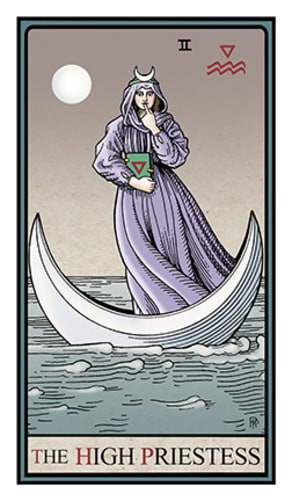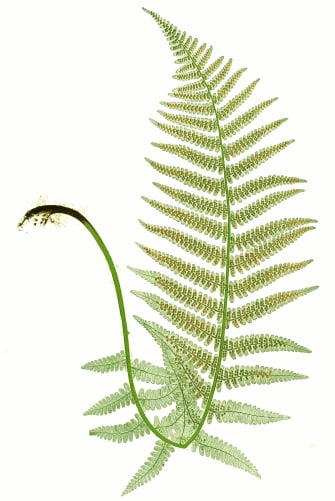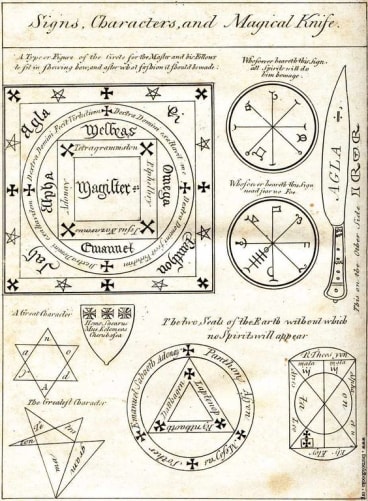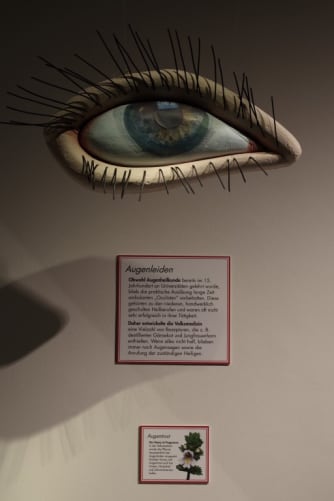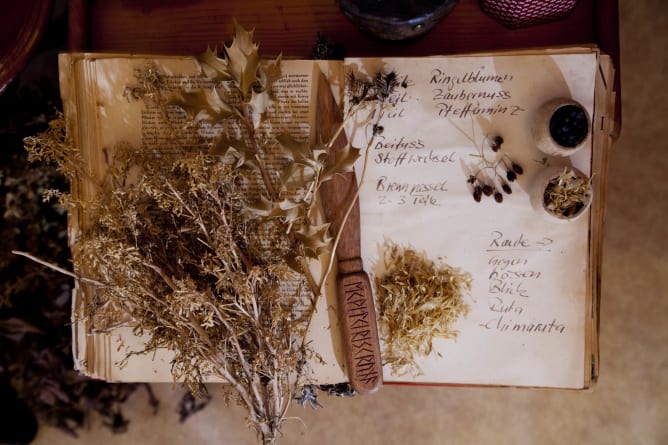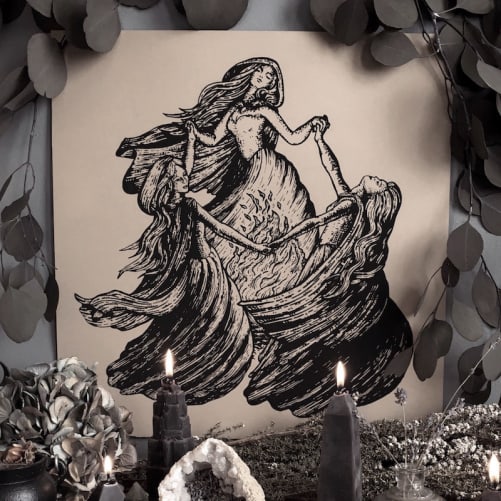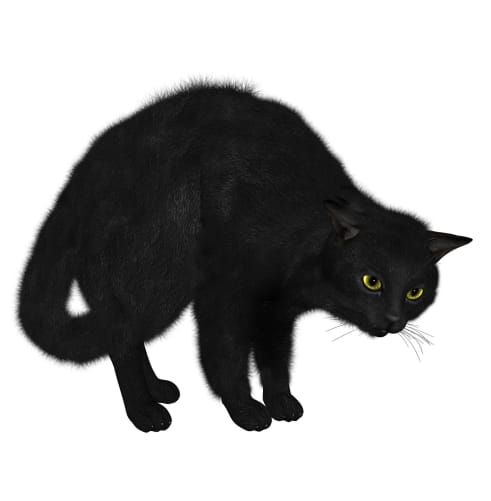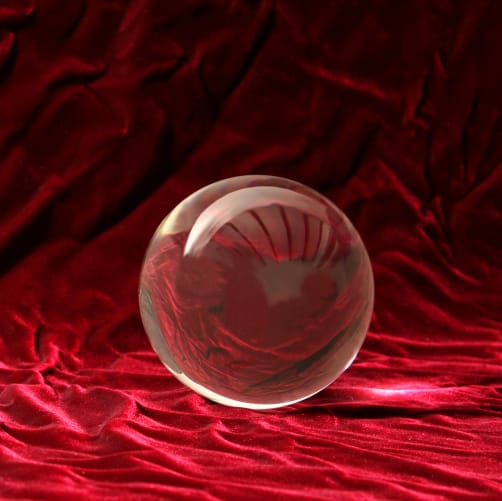Witches now and then
«Witchcraft is an important theme of humankind, it is for some an explanation of all the misfortune in the world and opens the hope of being able to actively influence the fate, outside the law of nature. In dealing with this, we learn a great deal about collective and individual concerns and hopes, patterns of interpretation and forms of behavior»
During our eight years of existence as a private Museum, without the support of public funds, all employees work honorary, we were able to inspire, inform, surprise and help with different researches and findings annually 2800 - 4500 visitors from Switzerland and the whole world. The exhibition «Witches» introduces the witch trials of Switzerland and Europe and sheds light on the effects of today. This includes the presentation of the result of our intensive research on the remaining process files in the archives of Switzerland and the representation of all aspects that have belonged to the name «witch» and still belong today. The exhibition opens a window into the history of Swiss folklore and superstition, tells sagas and revives the customs of our ancestors, explains the use of amuletts and witch plants and makes use of the unconventional healing methods of the early days, in search of the universal remedy. The world of divination and mantik should not be missing, as Tarot, astrology, scrying, runes, Ogham and tea leaves reading. Magic formulas and spells are among the oldest records from all areas of the world. With Harry Potter we have been made aware of this again today. But where is the origin of Abracadabra and other hocus-pocus? Health and happiness are central themes in human life. In times of poor medical care, which were also characterized by a world view that took God-given whatever happens, man had to counter threatening life situations with little rationality. In addition to prayers, religious customs and rituals, a variety of plants, minerals, fossils, animals and animal products for healing purposes as well as to influence the personal fate, as protection against the countless dangers for body and soul, to ward off witches and demons and to avert natural disasters. The Hexenmuseum Schweiz offers a neutral but professional framework to deal with these exciting topics and to inform themselves.
Our project is special because ...
The Hexenmuseum Schweiz is the only one of its kind in the German-speaking part of Europe. Our collection includes more than 1’000 exhibits on the subject. Witches also encounter us in everyday life through our language and expressions. Also, the «witch hunt» and the rather unfriendly name of a certain genus of women with «weather witches» are still common. When one asks what it’s like «when it comes to the devil» and where the name of «Black Peter» comes from, you have to go back in time to the witch trials. Much custom is still maintained today, but without knowing the meaning or the origin. Or do you know why we should toast with glasses, wear red underwear on New Year’s Day, never open an umbrella in the house, why the the black cat and Friday the 13th allegedly brings calamity and why we do wish us toi, toi, toi? A look into history opens up many contexts, promotes understanding of the emergence of different names and our worldly concept. The encounter with our past allows a critical appreciation of the achievements.
This is why we need your backing for
- A major concern of the new exhibition, is the scientific revision and translation into the English language. This makes it accessible to foreign national and international visitors.
- We write a comprehensive guide to the entire contents of the permanent exhibition, we would like to translate and print this in English too.
- Due to the historical building all texts have to be redesigned and printed.
- We design a signposted Herbal Witchgarden for our visitors.
- We would like to organize exciting presentations and literature evenings with external experts.
- To present the history and inhabitants of Schloss Liebegg
